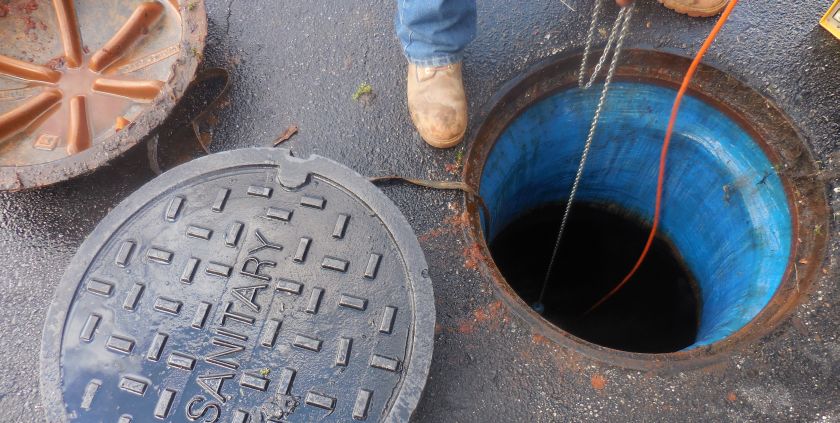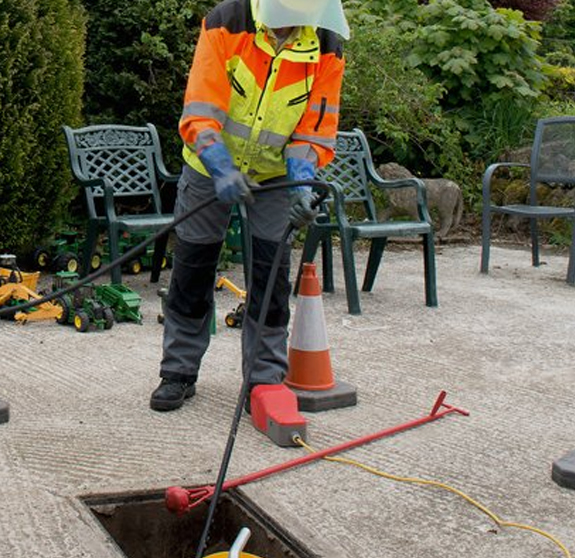We have uncovered this great article pertaining to 8 Tips For Clearing A Blocked Drain directly below on the web and concluded it made sense to write about it with you on my blog.

Introduction
Managing an obstructed drainpipe can be a discouraging experience, disrupting day-to-day tasks and possibly causing damage to your residential property. However, prior to reaching out to plumbing professionals, there are actions you can take to deal with the issue yourself. In this overview, we'll explore DIY solutions and preventive measures to deal with an obstructed drainpipe properly.
Determining the Issue
The primary step in attending to an obstructed drainpipe is recognizing the indications. Sluggish water drainage, gurgling noises, foul odors rising from drains, or water backing up are common signs of a blocked drain. Identifying these signs early can help prevent better issues.
Choosing the Right Pipes Service
When picking a plumbing solution, consider variables such as experience, licensing, and customer reviews. Select a trusted plumber with a performance history of high quality handiwork and clear rates practices.
Expense Considerations
The expense of professional drain cleaning company can vary depending upon the seriousness of the obstruction and the plumbing's rates. Request quotes from several suppliers and ask about any kind of additional charges to make sure transparency and avoid surprises.
Security Precautions
When trying do it yourself drain cleaning, focus on safety. Put on safety gloves and glasses to prevent contact with dangerous chemicals or microorganisms. Never ever blend various drain cleaning products, as this can create hazardous fumes.
Case Studies
Real-life examples show the performance of DIY services and the relevance of timely specialist treatment in solving drainpipe obstructions.
Usual Reasons For Blocked Drains
Recognizing the elements that contribute to drain pipes blockages is vital for effective resolution. Typical offenders consist of hair, soap residue, oil, food particles, and foreign objects like sanitary products or paper towels. Tree origins getting into underground pipelines can also trigger considerable blockages.
Do it yourself Solutions
For minor blockages, a number of do it yourself services can be reliable. Putting boiling water down the drainpipe can aid liquify oil and particles. Baking soda and vinegar or a mixture of salt and baking soda can act as all-natural cleaners. Making use of a plunger or plumbing serpent to remove obstructions is another choice.
Tools and Tools
Having the right devices handy can make do it yourself drainpipe cleansing a lot more efficient. A bettor is a versatile device for getting rid of blockages in sinks, toilets, and showers. A plumbing snake or auger can reach deeper obstructions, while drain cleansing chemicals can be used cautiously for persistent obstructions.
Preventive Measures
To stay clear of future blockages, adopting preventive measures is essential. Mount drainpipe guards or strainers to capture hair and debris before they enter the pipes. Frequently flush drains with hot water to dissolve oil accumulation, and avoid dealing with grease or strong waste down the tubes.
When to Call a Professional
While do it yourself remedies can deal with small clogs, specific indicators suggest the demand for expert aid. Relentless clogs, foul odors in spite of cleaning up initiatives, or multiple drains pipes backing up at the same time are red flags that necessitate skilled treatment.
Conclusion
By adhering to the tips laid out in this overview, you can efficiently take on blocked drains pipes and prevent future pipes problems. Whether going with do it yourself solutions or seeking specialist aid, punctual activity is crucial to keeping a healthy plumbing system and maintaining the honesty of your home.
WHAT I LEARNED FROM TRYING TO DEAL WITH A CLOGGED DRAIN
We have had our share of seepages and other annoying things that are part of living, especially in an apartment complex. And if there’s one thing that’s terrifying for a homeowner—or even someone in a rented home—it is a clogged drain, indoors or outdoors.
We enjoy our living space, but it’s simply a fact of life that dead skin, soap and a host of other items go down the drain; eventually, the residue builds up and prevents anything from moving. Ugh.
Not Calling A Professional
Of course, it might seem simple to just whip the pipe off under the sink and see if you can unblock it. Unfortunately, what if the blockage isn’t there, or you don’t reconnect it properly? Worse, you might break a piece and have no drainage system. Can you imagine that scene? Yuck!
Not Watching Your Waste
This will sound d’uh, but the best tip I can give you for drain cleaning is to avoid clogging the drain in the first place! You can do this by monitoring what goes down the drain and catching the items which are most likely to give you a problem. Invariably hair, vegetable peels, and large wads of toilet paper are the most obvious culprits. Add a filter—these are available in hardware stores and can be removed and cleaned easily.
Poking The Drain
The first urge with a clogged drain is to poke at it with a stick or anything that resembles a stick. Sadly, this does not result in magically solving the issue. The mental image is, naturally, one of the stick just pushing through the offending item and all is well again. Reality is quite different and unpleasant and likely to lead to further problems.
The thing is, every drain has a series of bends that are not visible to us. Drains are built this way to prevent gases from entering the house. What happens when you poke a stick into the drain? Of course, it can’t bend around the corner. The more adventurous people will use force and end up wedging the stick or causing it to break off in the pipe—creating an even bigger issue. Worst thing? The stick will shift the block further down the pipe, creating the space for more to collect. Go ahead! Roll your eyes!
Using The Wrong Plunger
You know what they say: the right tool for the right job! Did you know there are different types of plungers besides the basic one we keep at home for an emergency? Yes, there are. For example, the toilet plunger has a bell-shaped bottom while the sink plunger is flat. This is an important difference and using the wrong plunger will be useless. There’s also a knack in using plungers—they must be placed in such a way that they create an airtight seal and then, moved slowly up and down—not as fast as we imagine.
https://vidyasury.com/2018/01/learned-trying-deal-clogged-drain.html

Do you enjoy more info about How to handle a clogged drain in your home? Try leaving feedback down below. We will be delighted to hear your thinking about this blog posting. We are looking forward that you come back again later on. Appreciated our review? Please share it. Let other people find it. We appreciate reading our article about .
Suggested Site